Heat waves affect many parts of the world, and learning how to stay safe with heat wave safety tips is crucial during these situations. Recently, heat waves have been intensifying in the eastern part of the US. Some scores of record-high temperatures jumped over 90oF (32.3oC). This is dangerous, especially for vulnerable groups and pets.
In this article, you will learn about heat-related illnesses, their symptoms, and their treatment tips. We will also share essential safety tips to deal with the heatwave sourced directly from the CDC, Red Cross, NOAA, etc.
10+ Heat Wave Safety Tips
According to the American National Red Cross, extreme heat waves are a series of hot days that are much hotter than the average temperature for a particular place and time. As a result, these heat waves are not only harmful but are deadly enough to kill people, especially vulnerable groups such as children, elders, people with disabilities, and pregnant women.

You might already know some safety tips and precautions during a heat wave, such as staying hydrated, applying sunscreen, limiting outdoor time, checking four-wheelers, monitoring vulnerable family members, and watching for signs of illness.
Below are some tips given by the American National Red Cross before, during, and after a heat wave to protect yourself from illness:
Before: How To Prepare For A Heat Wave
Tip 1: Learn How to Stay Hydrated
Adults should drink at least 3-4 gallons of water daily. To know whether you are drinking enough water, check the color of your urine. If it is bright yellow, this indicates you need to be hydrated more. Next, avoid caffeine and alcohol, as these dehydrate the body quickly. You can add salt or electrolytes to water if you sweat a lot. Keep getting advice from your doctor about preparing if you have a medical condition.
Tip 2: Gather Emergency Supplies
You should gather and organize food, water, and medicine in a go-kit and stay-at-home-kit. Each house member should have one gallon of clean water in case of power outages. Always wear sunscreen and carry a wide-brimmed hat. Keep enough supplies for three days in the go-kit, including backup batteries and chargers for phones, CPAP, and wheelchairs.
Meanwhile, a stay-at-home kit should have supplies for two weeks. Keep your medicines and medical equipment for one month (keep away from children). Medical and personal documents, including bills, should be kept handy, and your prescriptions should always be available when you go out.
Tip 3: Make a Plan to Stay Cool
During a heat wave, the temperature is above 90oF (32.3oC). Hence, you should not rely on electric fans. Instead, move to an air-conditioned room or take a cool shower bath. Make sure your air conditioning is in working condition. If there is a power cut, you can move to a public library, mall, or cooling center. Keep checking on local government or community groups for additional resources.
Tip 4: Learn Emergency Skills
You should be aware of heat illness and how to recognize it, and you should learn CPR and first aid. If the utilities are unavailable, be prepared to live without gas, water, and power. Keep a backup power plan ready to charge your essential devices or plan your electric needs.
Tip 5: Plan to Stay Connected
You should understand the types of alerts you receive and plan accordingly to respond to them. For example, WATCH means- Be Prepared, and WARNING means- Take Action. For emergency alerts, you can sign up with your local government. You should have a backup inverter or battery to charge your phone. A battery-powered radio helps receive alerts.
During: How To Prepare For A Heat Wave
Tip 1: Stay Hydrated
NOAA suggests drinking plenty of normal water and avoiding decaffeinated fluids such as tea and coffee. You should also eat easy-to-digest food such as fruits and salads, as these will increase your body's hydration. Packed food should be stored in the refrigerator, and meat and dairy should be avoided for some time, as they can quickly spoil in high temperatures.
Tip 2: Stay Cool
You can switch off the electric fans and spend time in air-conditioned rooms or public places. Portable electric fans should be used to exhaust hot air from rooms when the room temperature goes above 90°F (32.3oC).
Tip 3: Prevent Heat illness
Many vulnerable groups are quickly affected by heat waves, and their chances of getting ill intensify. You should always check on your friends, neighbors, and such groups to help them prevent heat illness. People who are at great risk include older adults, infants, pregnant women, people with disabilities/medical conditions, people with limited resources, etc.
After: How To Prepare For A Heat Wave
Tip 1: Take care of yourself
Heat waves can affect your mental health or mood and increase anxiety or stress. It is expected to have such feelings during these times, to calm yourself, eat healthy food, and get enough sleep. You can also call or text 1-800-985-5990 (Disaster Distress Helpline) if you need to talk to someone.
Tip 2: Allow Ventilation
After the temperature returns to normal, you can start opening the windows and blinds of your home. This will allow the fresh air to circulate and exhaust the hot air. Continue to stay hydrated by drinking water.
Tip 3: Go For Nature’s Walk
If you have a forest or park nearby, you can walk early or late in the evening for fresh air. Be aware that you should take this step only after the heat wave is over. Before you step out, stay updated on news and broadcasts. A nature walk will help you calm your mind, and you will feel much better than before.

Recognize The Warning Signs
According to NOAA, leaving a toddler, pet, or disabled person locked in a car is not safe. Estimation says that kids can die within ten minutes after getting into a car. 971 Pediatric Vehicular Heatstroke (PVH) has occurred since 1998. In 2024, 3 PVH deaths occurred. An untold number of pets die from hypothermia each year as the temperature inside a parked vehicle is extremely dangerous for them.

Pregnant women are also at high risk as heat waves can give rise to adverse birth outcomes such as premature birth, low weight, and congenital cataracts. People with disabilities or chronic diseases are more likely to have health problems than healthy people.
Ensure safety tips with your children; never leave them unattended in a vehicle. Always check the backseat and leave something valuable as a reminder. Keep the keys away so that the children might not reach them. If you see a child alone in a vehicle, call 911 immediately.
There are different types of heat illness, including heat cramps, heat exhaustion, and heat stroke. Below are the types of disease, their symptoms, and safety measures you must take during that time:
Heat Cramps
Heat cramps occur when you lose a large amount of salt and water from your body. There are muscle spasms or pain followed by heavy sweating. Once you get heat cramps, you should immediately move to a cool place and drink water with electrolytes. If you have heart problems or the cramps last longer than one hour, get medical help right away.
Heat Exhaustion
Heat exhaustion is a severe form recognized by heavy sweating, pale and clammy skin, fast pulse, nausea, muscle pain, tiredness, headache, and even passing out. To prevent heat exhaustion, you must move to a cool place, loosen tight clothing, cool your body by fanning or taking a cool shower, and sip water slowly. In case you have hallucinations or vomiting and the symptoms last for more than an hour, seek immediate medical help.
Heat Stroke
Heat stroke is the most fatal of all the heat illnesses, and it can even be deadly. The symptoms include a high body temperature of over 104°F (40oC), dry and damp skin, fast and strong pulse, headache, dizziness, confusion, nausea, and passing out. Call 911 immediately when you see or have these symptoms; later on, move to a cool place, use a wet cloth to cool the body, misting or fanning, and do not drink/ give the person or drink anything in case of a heat stroke.
Jackery Solar Generators for Heat Wave
Jackery Solar Generator is a solar power system that uses green and renewable energy to charge electrical appliances. During heat waves, these solar generators can be a valuable addition to provide emergency backup power during power outages, and you can charge your small, medium, and heavy-duty appliances to stay calm. Below are three recommended products for heat waves, including their capacities and what appliances they can charge:

Jackery Solar Generator 2000 Plus
Capacity: Rated Watt: 3000W /Surge Watts: 6000W /Capacity: 2042.8Wh
Battery Cell & Life Cycle: LiFePO4 & 4000 cycles to 70%+ capacity
Recharging Methods & Time
- Solar Charging: 2H (6*Jackery SolarSaga 200W Solar Panels)
- Wall Outlet: 2H
- Car Charger: 25H
Appliances
- Portable Air Conditioner (1150W): 1.5H
- Refrigerator (560W): 3.1H
- CPAP (60W): 28.9H
- Box Fan (100W): 17.3H
- Water Air Cooler (200W): 8.7H
- Microwave (1050W): 1.6H
- Mobile Phone (30W): 57.8H
- Laptop (70W): 24.8H
The Jackery Solar Generator 2000 Plus has a leaping performance to charge heavy-duty devices of large capacities. It is ideal for off-grid living and charging your essential devices in case of power outages during heat waves. Moreover, solar generators are noise-free and fumes-free and use solar energy to charge devices.
Review:
“They stand behind their products. When I had trouble with my first solar panels, there was no hassle in dealing with the exchange. It's why I came back to the larger power station for home backup. Thanks Jackery.” -- Brett Rahm
Jackery Solar Generator 2000 Plus Kit (4kWh)
Capacity
Rated Watt: 3000W /Surge Watts: 6000W /Capacity: 4085.6Wh
Battery Cell & Life Cycle
LiFePO4 & 4000 cycles to 70%+ capacity
Recharging Methods & Time
- Solar Charging: 2H (6*Jackery SolarSaga 200W Solar Panels)
- Wall Outlet: 2H
- Car Charger: 25H
- Jackery Battery Pack 2000 Plus When Charged With Jackery Explorer 2000 Plus: 2.9H.
Appliances Working Hours
- Portable Air Conditioner (1150W): 3.0H
- Refrigerator (560W): 6.2H
- CPAP (60W): 57.8H
- Box Fan (100W): 34.7H
- Water Air Cooler (200W): 17.3H
- Microwave (1050W): 3.3H
- Mobile Phone (30W): 115.7H
- Laptop (70W): 49.6H
The Jackery Solar Generator 2000 Plus Kit (4kWh) has an expandable capacity as it supports an additional battery pack and solar panels. With this solar generator, power becomes fully independent, and you do not need to rely upon conventional grid power to charge your cooling and essential appliances when there is a power outage during heat waves.
Review
“ The Jackery Explorer 2000 Plus and Battery Pack with the 400W solar panels package is a great combination for home backup and RV usage. “ -- Larry Gee
Jackery Solar Generator 3000 Pro
Capacity
Rated Watt: 3000W /Surge Watts: 6000W /Capacity: 3024Wh
Battery Cell & Life Cycle
NMC & 2000 cycles to 70%+ capacity
Recharging Methods & Time
- Car Charger: 35H
- Wall Outlet: 2.4H
- Solar Charging: 3.5H (6*Jackery SolarSaga 200W Solar Panels)
Appliances Working Hours
- Portable Air Conditioner (1150W): 2.2H
- Refrigerator (560W): 4.6H
- CPAP (60W): 42.8H
- Box Fan (100W): 25.7H
- Water Air Cooler (200W): 12.8H
- Microwave (1050W): 2.4H
- Mobile Phone (30W): 85.6H
- Laptop (70W): 36.7H
The Jackery Solar Generator 3000 Pro supports 99% of appliances during heat waves and backs you up during blackouts. If your state or city has been affected by an extreme heat wave and you plan to leave the place and go to a more relaxed place, the solar generator is ideal in that scenario as well. It features double wheels and a pull rod to carry away easily.
Review
“ The 3000 Pro will be our backup power for the home fridge and chest freezer. We have already tested it: 3 days of power for the fridge and 5+ days for the freezer. The next test is both together.” -- JD
Heat Wave Safety Tips FAQs
How to stay safe in a heat wave?
According to UNICEF, you should know how hot and humid it will be that particular week or month. To stay safe during a heat wave, you should keep an emergency kit that will keep you cool and hydrated. Also, note the contact number of the nearest healthcare provider and use water coolers and air conditioners. Remember to wear sunscreen and carry hats/umbrellas whenever you leave.
How can we protect ourselves from heat waves?
Wear lightweight, loose, light-colored clothes, polarized glasses, and light but protected footwear whenever you step out. Avoid drinks like tea or coffee, as they dehydrate the body. Instead, rehydrate with homemade beverages like lemon water, buttermilk, rice water, etc.
What to eat during a heat wave?
Fresh fruits and veggies, such as melons, strawberries, cucumbers, citrus, and gourds, have a high water content and will keep you hydrated.
Heat Wave Safety Tips Conclusion
To stay protected from scorching heat waves, you should follow disaster management organizations' heat wave safety tips. During heat waves, a particular group of people are more vulnerable to illness, including older people, people with medical conditions, infants, children, pregnant women, and pets.
To help them during times like this, you should stay organized with the essential kits for weeks and months. An emergency backup power system like the Jackery Solar Generator can charge your cooling and freezing devices and keep you comfortable indoors. It uses solar energy to charge the devices and is noise—and toxin-free.

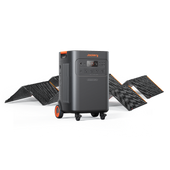











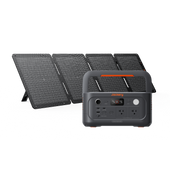





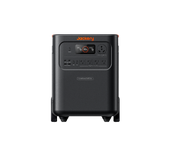
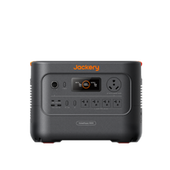





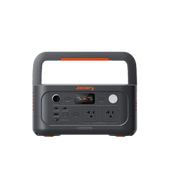





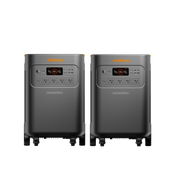
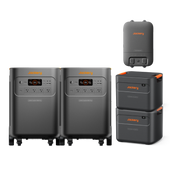





![[Add - on] Jackery Manual Transfer Switch for Explorer 5000 Plus - Jackery](http://www.jackery.com/cdn/shop/files/add-on-jackery-manual-transfer-switch-for-explorer-5000-plus-9017324.png?v=1754016782&width=170)
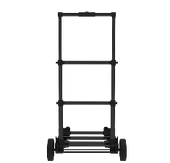
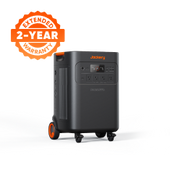
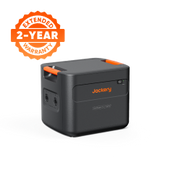
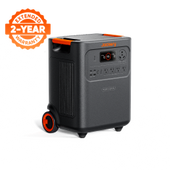
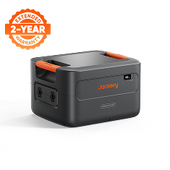
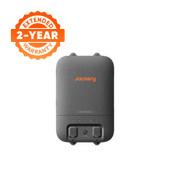



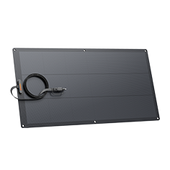
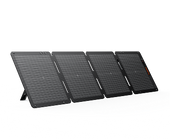




















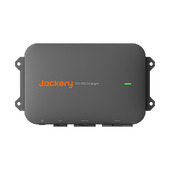




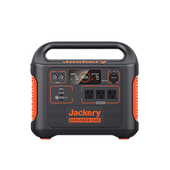






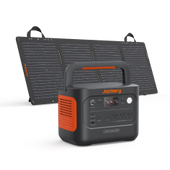
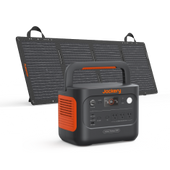





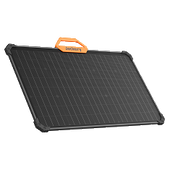


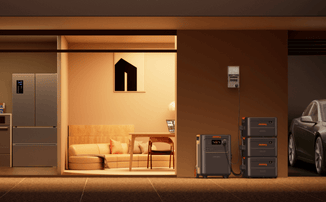














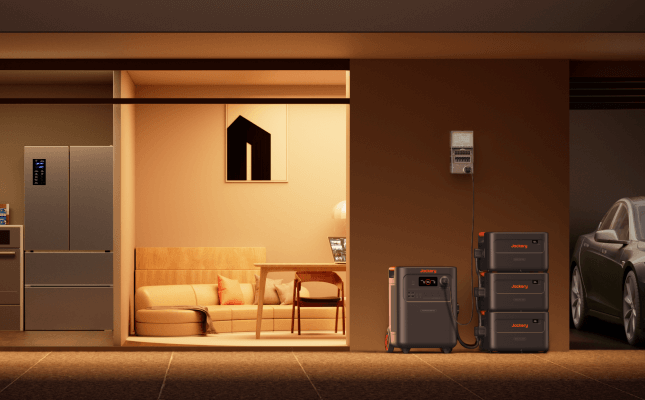


























Leave a comment